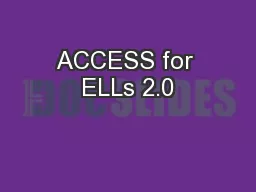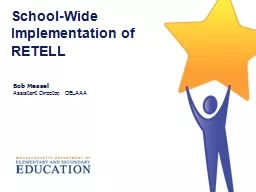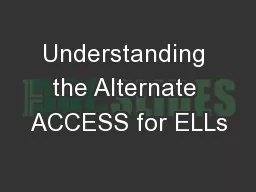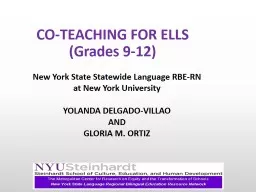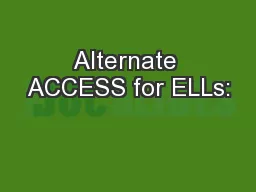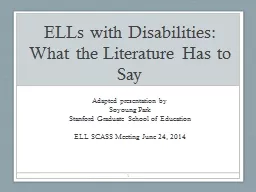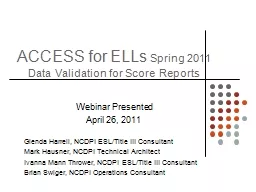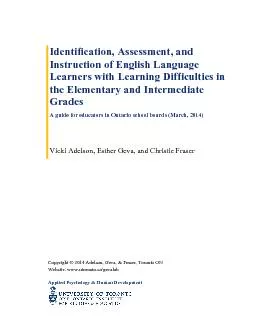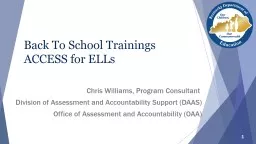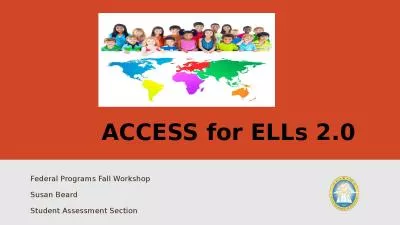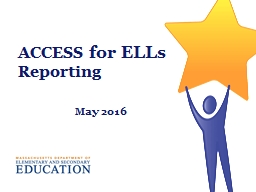PPT-ACCESS for ELLs 2.0
Author : conchita-marotz | Published Date : 2017-04-16
and Alternate ACCESS for ELLs English Language Learners ELL Students with Disabilities SWD BilingualESOL ESE Program January 2016 Review of Accommodations for
Presentation Embed Code
Download Presentation
Download Presentation The PPT/PDF document "ACCESS for ELLs 2.0" is the property of its rightful owner. Permission is granted to download and print the materials on this website for personal, non-commercial use only, and to display it on your personal computer provided you do not modify the materials and that you retain all copyright notices contained in the materials. By downloading content from our website, you accept the terms of this agreement.
ACCESS for ELLs 2.0: Transcript
Download Rules Of Document
"ACCESS for ELLs 2.0"The content belongs to its owner. You may download and print it for personal use, without modification, and keep all copyright notices. By downloading, you agree to these terms.
Related Documents

